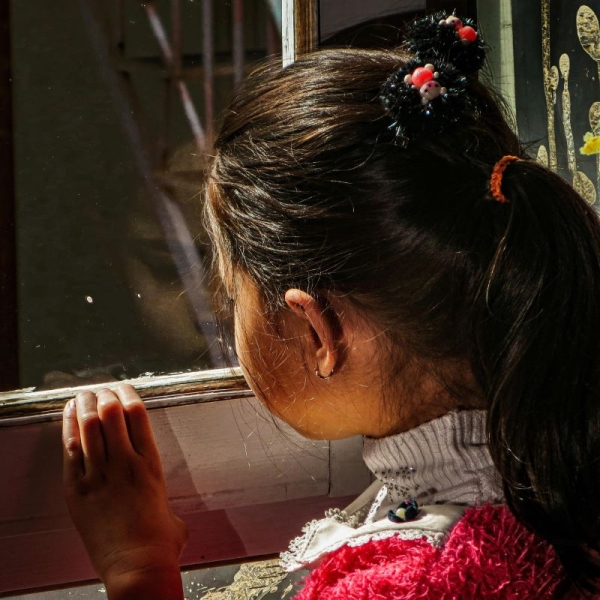19 Aug 2024 — The humanitarian organization CARE is warning that the ongoing food insecurity situation in Afghanistan, one of the most significant humanitarian crises in the world, is at risk of becoming forgotten. Provision of international support and engagement has been problematic since the so-called “de facto authorities” took over the nation in 2021.
“The 2024 Afghanistan Humanitarian Needs and Response Plan (HNRP) reports that an estimated 23.7 million people — more than half of Afghanistan’s population — are in need of humanitarian assistance. With only 25% of 2024 funding secured, essential services like education and healthcare are collapsing. Food insecurity and unemployment are soaring and impact women,” Graham Davison, CARE Afghanistan director, tells Nutrition Insight.
“Coordination with various de facto ministries, along with access negotiations led by the UN and individual NGOs, is crucial for delivering aid and supporting communities,” he states.
“The international community must engage with de facto authorities on issues of mutual interest, such as economic development while keeping up key demands on women and girls’ rights such as lifting bans, BAIs (bureaucratic and administrative impediments) and granting unimpeded humanitarian access across the country.”
Food security and gender
Providing food aid and safe drinking water, especially to vulnerable groups (women, girls, young boys and people with disabilities), is highlighted as a key priority in the NHRP by the UN OCHA (Office for the Coordination of Humanitarian Affairs).

Afghanistan faces severe food insecurity, with 14.2 million people struggling to find enough to eat.“Afghanistan faces severe food insecurity, with 14.2 million people struggling to find enough to eat — this number is close to the combined populations of the US cities of New York and Los Angeles. Of these, nearly 2.9 million are experiencing emergency levels of hunger, just one step away from famine,” explains Davison.
“Women and girls are particularly at risk, often eating last and least. Studies show that nearly half of all women-headed households have a poor Food Consumption Score (FCS) (as calculated by the World Food Programme). 48% of women-headed households have a poor FCS compared to 39% of male-headed households.”
Women and girls are also most susceptible to food insecurity in active conflict zones, according to CARE.
Today, World Humanitarian Day, the UN reports on a similar situation ongoing in government-controlled regions of Yemen, as acute malnutrition among children has risen by 34% since last year. More than 18 million people, over half the population, need humanitarian aid to survive.
Working with the authorities
CARE argues that addressing the country’s difficult situation requires making difficult decisions, such as engaging with the de facto authorities.
“While humanitarian emergency aid and long-term programs are crucial, the international community must tackle the root causes to prevent a deeper crisis. A focus on gender-responsive food and nutrition programs is crucial to stop the situation from worsening,” Davison comments.
CARE writes that preventing further deterioration requires ongoing cooperation between humanitarian and development actors, including local organizations and the UN-led coordination system, to ensure “collective, principled and strategic engagement” with the de facto authorities to address operational challenges.
“Aid efforts are slowed down and made difficult by restrictions and bureaucratic hurdles imposed on NGOs and humanitarian organizations,” continues Davison. “All humanitarian partners have adjusted or are adjusting their ways of working to maximize the use of existing authorizations at the health and nutrition sectors.”
According to the humanitarian organization, the hurdles include a range of bureaucratic and administrative impediments and challenges to transfer funds to Afghanistan, making it difficult to respond promptly to crises.
The organization calls on the international community to “seek cooperation from the de facto authorities on issues of mutual interest, such as economic development, while keeping up key demands such as lifting BAIs and granting unimpeded humanitarian access across the country.”

Aid efforts in the country are made difficult by restrictions and bureaucratic hurdles.Resilience to climate change
Along with the political turmoil, food security in Afghanistan is also exacerbated by extreme weather events and environmental disasters. In July of this year, 29 districts in the country faced severe floods, causing damage to homes, crops and infrastructure and affecting thousands of families, according to the OCHA.
An earthquake in October 2023 impacted over a million people and damaged over 47,000 homes.
“Climate change is one driver of food insecurity and natural disasters in Afghanistan. Droughts, floods and unpredictable weather patterns are devastating agricultural production, which is the backbone of the Afghan economy,” Davison highlights.
“This has led to severe crop failures and reduced food availability, pushing millions into hunger. With limited capacity to respond, the situation is worsening, making it vital for the international community to step in with food assistance and support for sustainable agriculture and climate change adaptation.”
CARE argues that the international community should invest in long-term programming and funding that includes gender-responsive and transformative agriculture, climate change adaptation, market-based approaches for food value chains, access to financial services for smallholder farmers and women-led micro and small businesses. Such investments are key to establishing communities that are less dependent on aid in the future.
By Milana Nikolova

